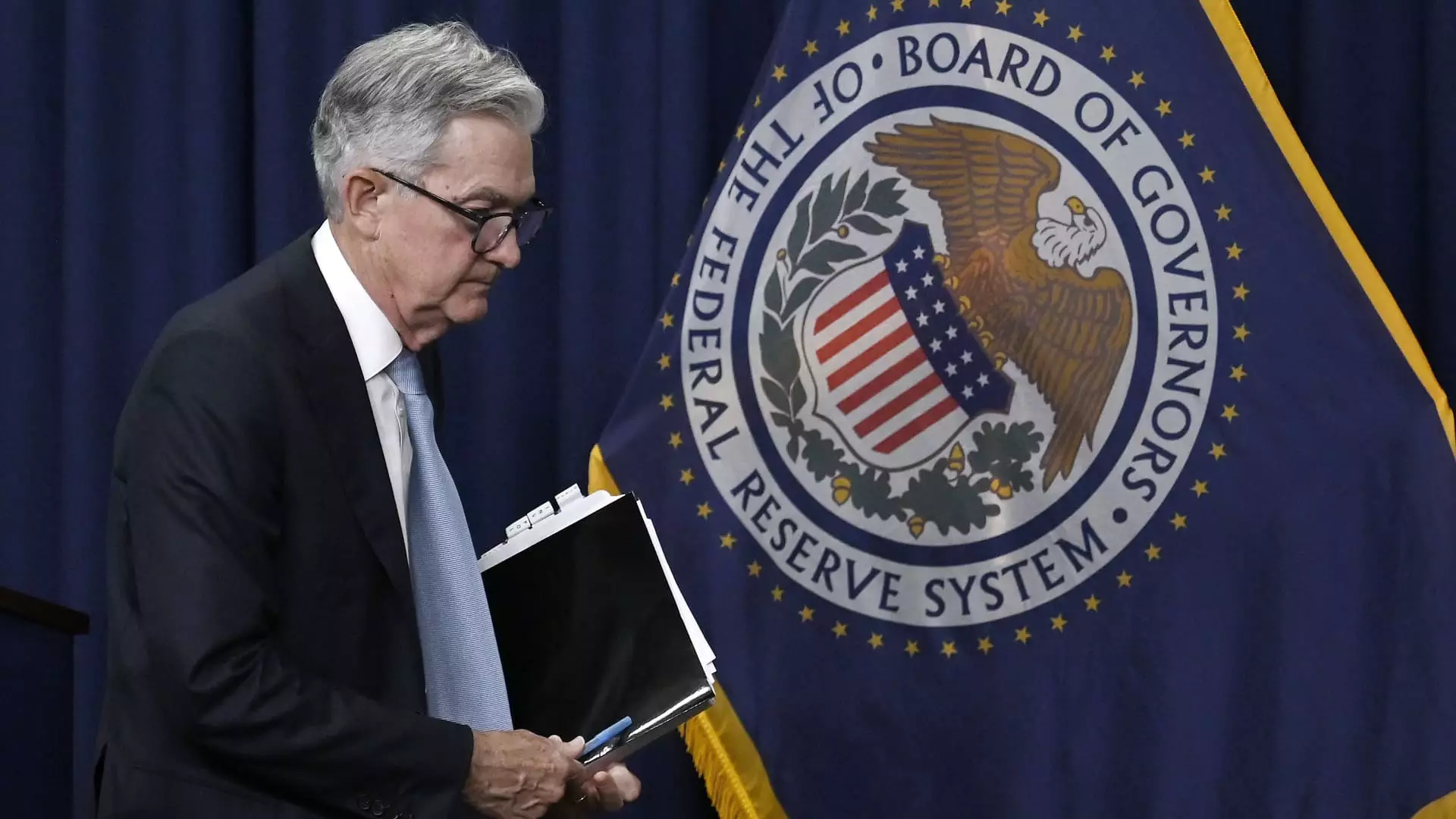The U.S. Federal Reserve is currently facing a decision regarding a potential rate cut in light of recent economic data that has been weaker than expected. Chief economist at New Century Advisors, Claudia Sahm, believes that while an emergency rate cut may not be necessary, there is a strong case for a 50-basis-point cut to be made by the Fed. In her opinion, the Fed needs to ease its restrictive monetary policy to prevent any potential negative impacts on the economy.
Sahm also highlighted the importance of the Fed being proactive in its decision-making process. She warned that waiting too long before implementing rate cuts could have detrimental effects as these changes take a considerable amount of time to work their way through the economy. By starting to ease gradually ahead of time, the Fed can take measures to mitigate the risk of a recession. Sahm introduced the Sahm rule, which serves as an indicator of an impending recession when the three-month moving average of the U.S. unemployment rate is at least 0.5 percentage points higher than the 12-month low.
Lower-than-expected manufacturing numbers and higher-than-forecast unemployment rates have contributed to recession fears that have impacted global markets. The U.S. unemployment rate reached 4.3% in July, surpassing the threshold outlined in the Sahm rule. This rule has been effective in signaling the onset of recessions dating back to 1953. While Sahm does not believe that the U.S. is currently in a recession, she acknowledges the uncertainty surrounding the future state of the economy. Stabilizing the labor market and leveling out growth are crucial steps needed to prevent a recession.
The U.S. Federal Reserve is at a critical juncture in determining the necessity of a rate cut to address the challenges posed by recent economic data. Claudia Sahm’s insights shed light on the importance of timely and proactive measures to prevent a recession from occurring. As economic indicators continue to fluctuate, the Fed must carefully consider its actions to ensure the stability and growth of the U.S. economy in the coming months.

